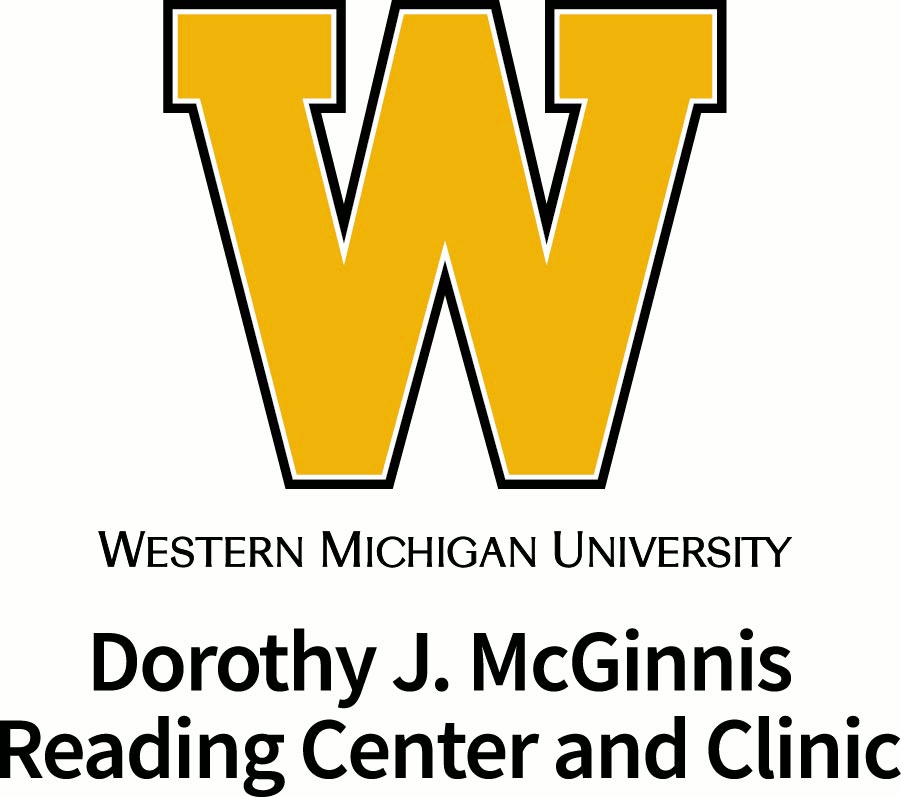Publication Date
6-1-1995
Abstract
Literature can be used as a means to support children's development in the areas of cognition, language, social mores, creativity, personality, and aesthetics (Glazer, 1986). As the children in public schools today become more culturally and linguistically different, the diversity of literature should be expanded to reflect these differences among learners. Each child brings unique literacy strengths and serves as a resource to help teachers and other students understand one another (Templeton, 1991). Sharing literature from different cultures or literature that includes characters with different cultural or ethnic backgrounds offers a variety of benefits for teachers and students. Using multicultural literature increases cultural awareness, helps children better understand themselves and others, develops awareness of different languages, allows children to identify with the people who created the stories, helps children discover themes and values important to people today, expands knowledge of geography and natural history, develops knowledge of history and social changes, and builds appreciation of literary techniques (Bromley, 1992; Sylvester, 1989).
Recommended Citation
Newell, F. M. (1995). Sharing Multicultural Literature Through Storytelling. Reading Horizons: A Journal of Literacy and Language Arts, 35 (5). Retrieved from https://scholarworks.wmich.edu/reading_horizons/vol35/iss5/5


